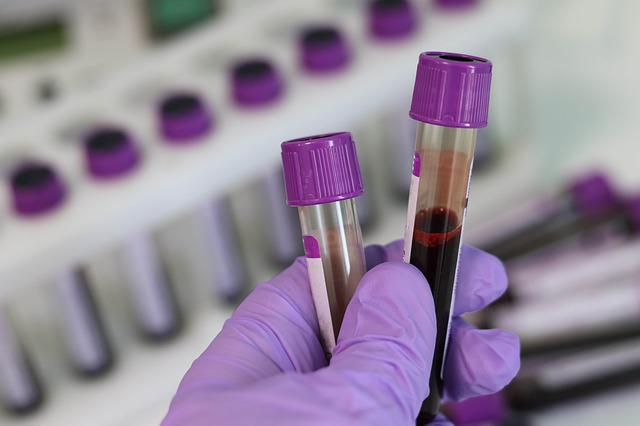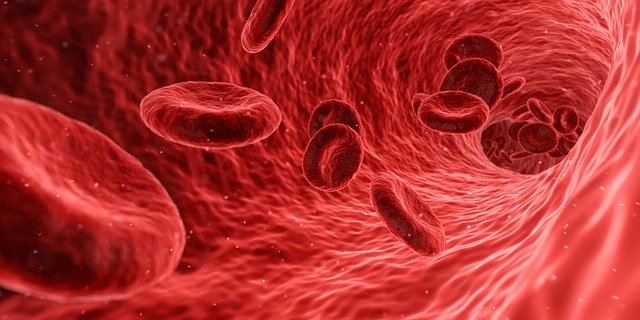release time:2022-10-08 15:50:12
There are two main metabolic pathways of HCY in the body.
1) Methylation pathway: about 50% of homocysteine is resynthesized into methionine via this pathway.
2.1 Heredity
There is a rare genetic disorder called homocystinuria. Patients can have elevated levels of homocysteine due to a deficiency of an enzyme that causes homocysteine to build up in the blood. Studies have shown that defects in the enzyme N5 methyltetrahydrofolate transmethylesterase can cause a significant increase in homocysteine concentrations in the presence of folate deficiency in the body. The activity of cystathione-beta-synthase caused by genetic defects is reduced. This can lead to plasma concentrations of homocysteine that exceed normal values by about ten times.
2.2 Nutrition
Elevated HCY can be caused by a daily diet that is chronically deficient in folic acid as well as vitamins b12 and b16, along with excessive intake of methionine-rich animal protein, etc.
2.3 Medications
Some medications can raise HCY concentrations by interfering with one's own folate metabolism and triggering impaired folate metabolism.
Clinical tests for Hcy, folic acid, vitamin B12, and folate metabolism genes should be performed. This will allow to find the cause of folate deficiency and thus to achieve a cause-specific treatment.
Folic acid and vitamin B12 play a key role in the production of Hcy, and genetic mutations are an important cause of Hcy elevation.
01. Diagnosis: Hcy ≥ 10 ummol/L is called hyperhomocysteinemia. It can be stratified according to Hcy level.
02. Stratification: Mild to moderate elevations are usually caused by nutritional deficiencies. Supplementation with folic acid and vitamin B12 can treat this. Severe elevations are often caused by genetic mutations. This is more difficult to treat.
The Expert Consensus on the Diagnosis and Treatment of H-Hypertension also sets the diagnostic criteria for high Hcy blood pressure at 10 ummol/L and recommends that all hypertensive patients should have their Hcy levels tested.
4.1 Relationship between Hcy and hypertension
Hcy causes sodium reabsorption, stimulates vascular smooth muscle cells to proliferate and alters the elasticity of blood vessel walls. This leads to hypertension. Hypertension with elevated Hcy is also known as H-type hypertension. The synergistic effect of hypertension and high Hcy significantly increases the risk of developing cardiovascular disease.
4.2 Relationship between Hcy and hyperglycemia
High Hcy by itself does not cause an increase in blood glucose. However, diabetic patients with high Hcy have a higher incidence of macrovascular injury and microangiopathy. For example, cardiovascular disease, neuropathy and nephropathy. Therefore, diabetic patients need to pay attention to Hcy level.
4.3 Relationship between Hcy and bone
High levels of Hcy have a detrimental effect on osteoblasts and osteoclasts. This can disrupt the cross-linking of collagen molecules and reduce bone mass. High Hcy levels may increase the risk of osteoporosis and fractures. Hcy levels should also be taken into account in elderly patients.
4.4 Relationship between Hcy and cardiovascular disease
The aggregation of Hcy-derived lipoproteins with microorganisms plays a role in the formation of arterial plaque. This accelerates vascular obstruction, which in turn increases the incidence of cardiovascular events. Hcy levels should also be taken into account in patients with ischemic heart disease.
4.5 Relationship between Hcy and kidney disease
The kidneys are involved in the metabolism and clearance of Hcy. High Hcy is negatively associated with reduced renal function and glomerular filtration rate. It is an independent risk factor for the progression of chronic kidney disease.
4.6 Relationship between Hcy and other diseases
High Hcy is also strongly associated with stroke. It is an independent risk factor for stroke, and elevated Hcy can also cause dementia. High Hcy can be used to predict Alzheimer's disease. High Hcy is also associated with pregnancy and male diseases. High Hcy levels increase the risk of gestational diabetes, gestational hypertension, and habitual abortion. High Hcy levels can affect sperm quality and lead to male infertility.
Conclusion
The use of Hcy (homocysteine) in clinical settings is becoming more and more widespread, and Hcy testing is becoming a mandatory test in many hospitals. Seamaty's upcoming comprehensive 14-item C biochemistry panel not only includes Hcy (homocysteine), an independent risk factor for cardiovascular disease. This kit also includes common items for liver function, kidney function, blood glucose, and lipids. This biochemical reagent kit can be widely used in clinical testing, primary care, emergency


2022-07-20
In a conventional hematology meter, red blood cells (RBC) and platelets (PLT) share a single measurement channel. The determination of hemoglobin content (HGB) is the same in any type and grade of hematology analyzer.

2022-04-02
Total bilirubin (TBil) is the sum of direct bilirubin and indirect bilirubin. Indirect bilirubin is the bilirubin that is not bound to glucuronic acid.

2021-12-08
Dry chemistry analytical techniques are relative to wet chemistry techniques. Dry chemistry is the direct addition of a liquid test sample to a dry reagent produced specifically for a different project. The moisture of the sample under test is used as a solvent to cause a specific chemical reaction, which leads to a chemical analysis method. Dry chemistry is a class of analytical methods based on enzymatic methods. Dry chemistry can also be called solid phase chemistry. Dry chemistry uses reflectance photometry or differential electrode method as a measurement method.